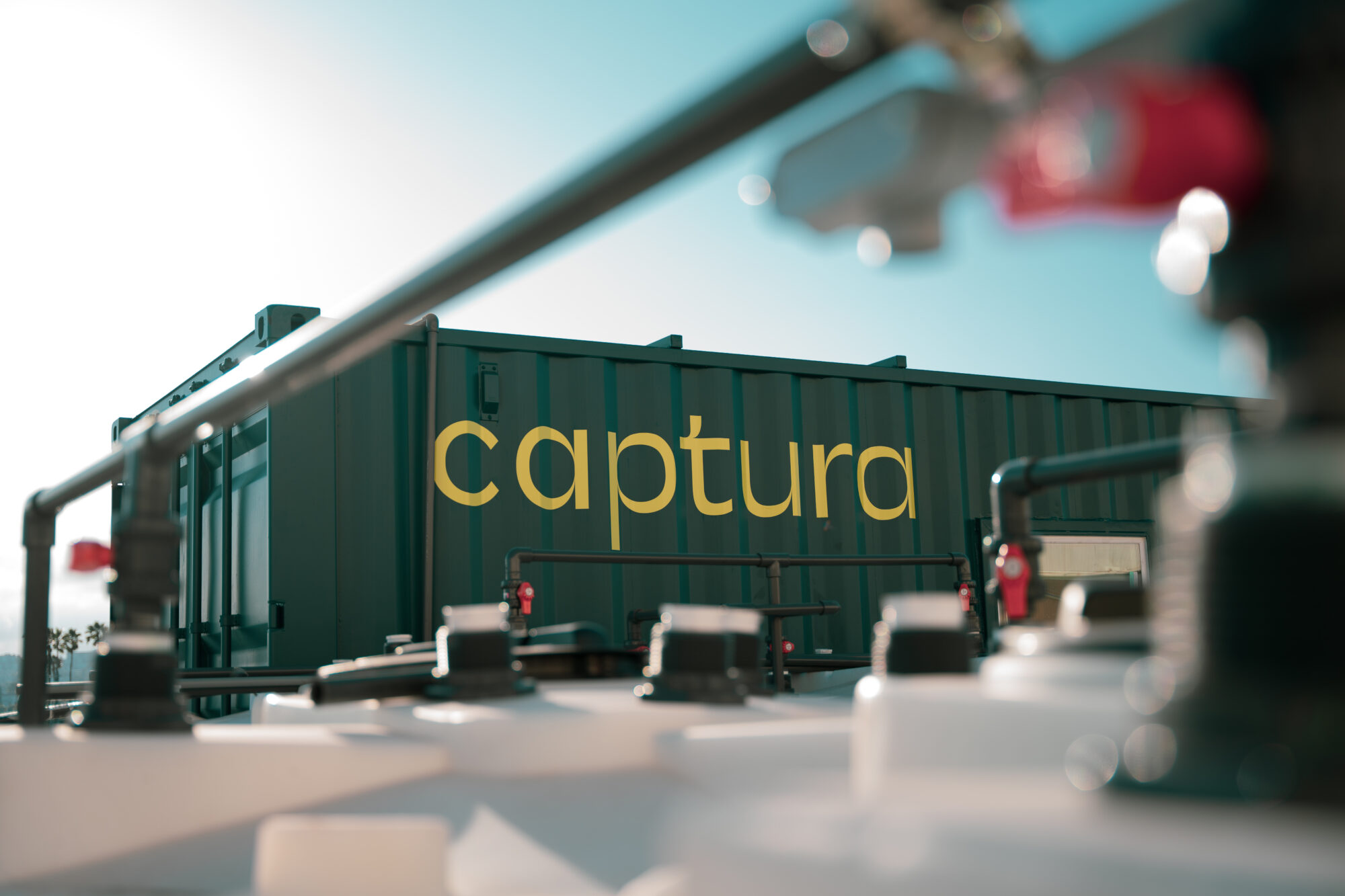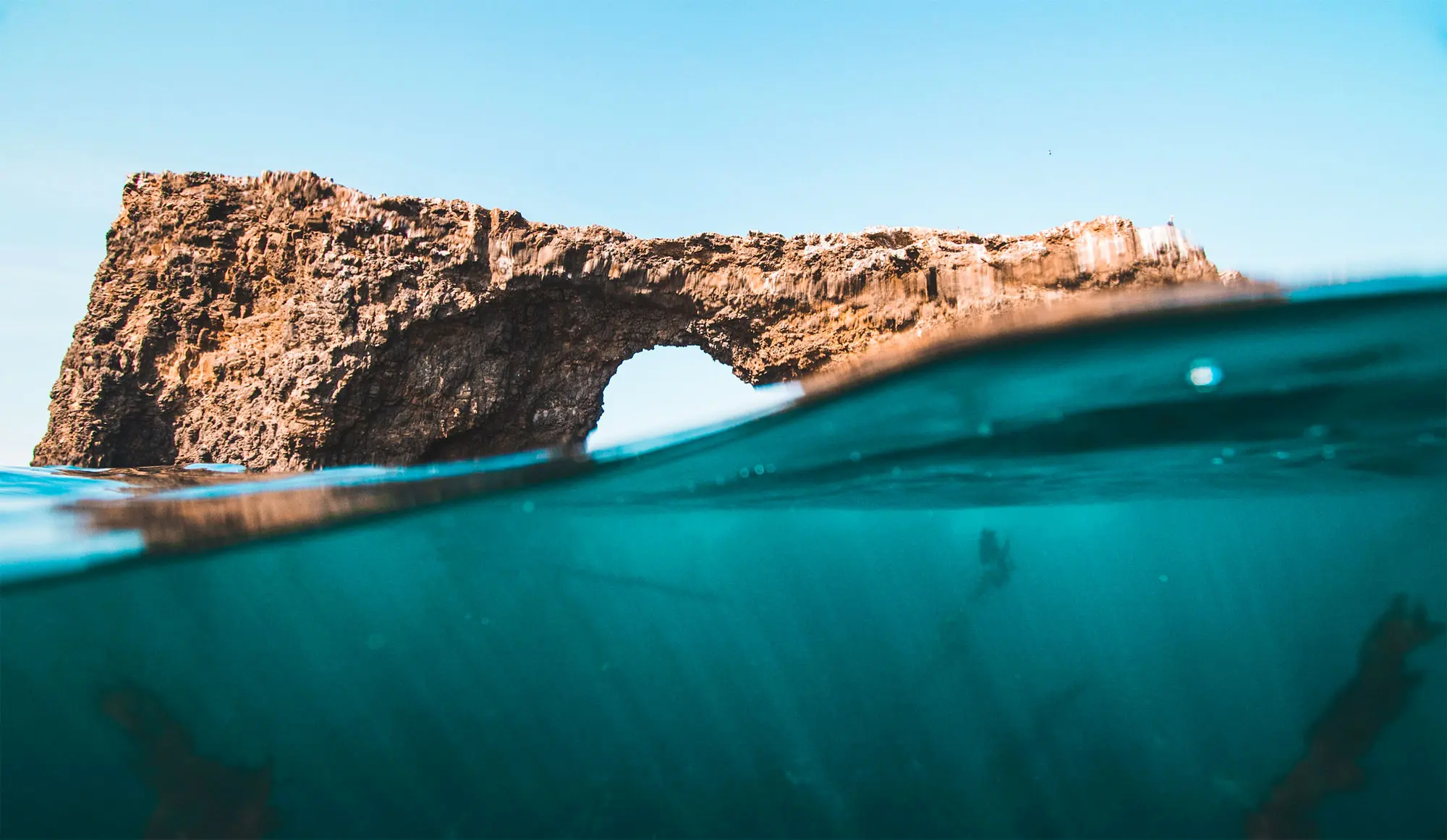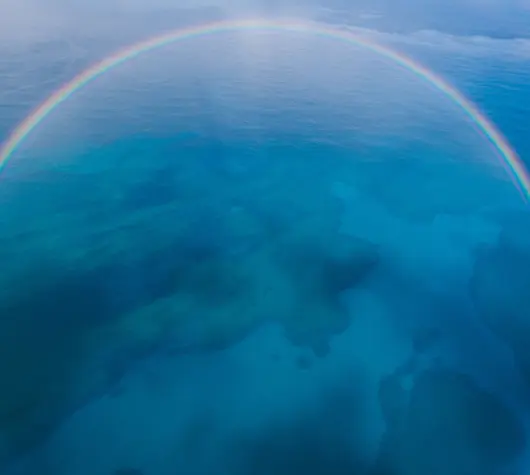Partner perspectives: In conversation with Equinor
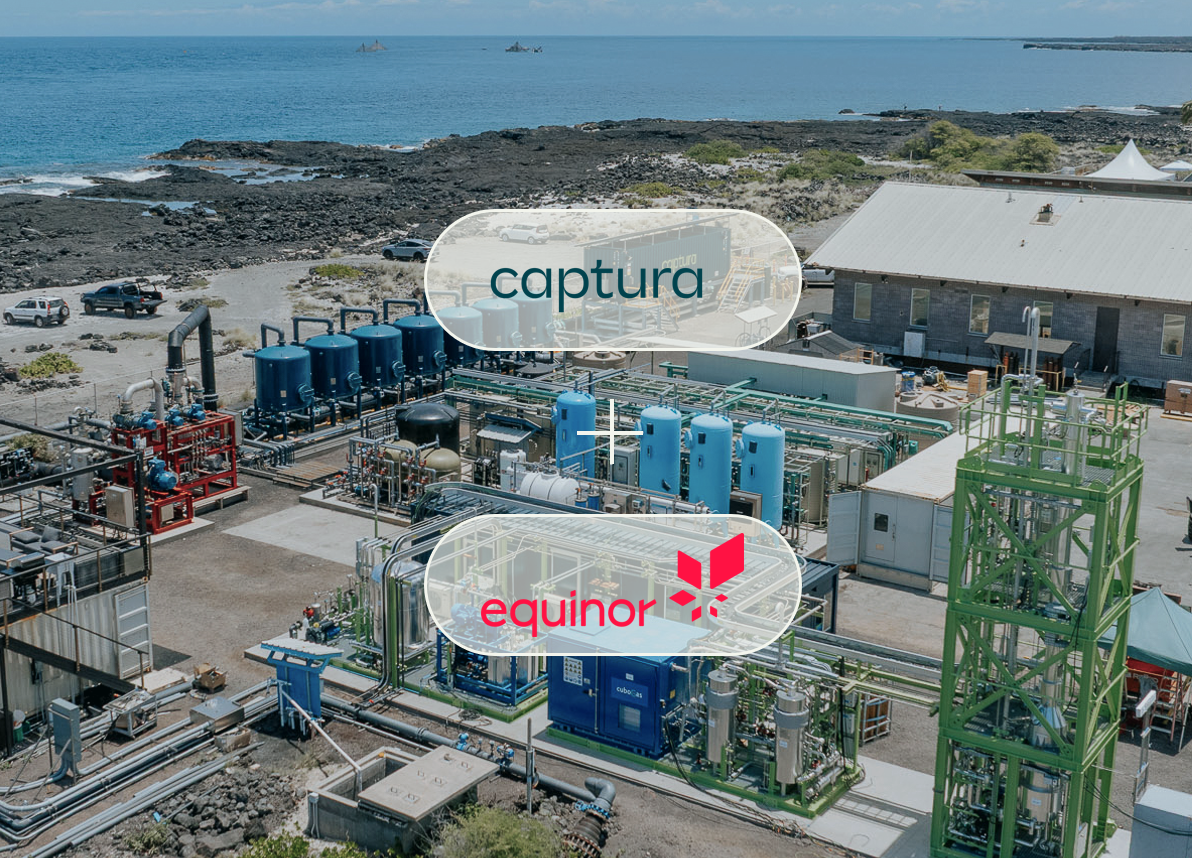
Scaling carbon removal to meet the climate challenge requires more than innovation—it requires deep cross-industry collaboration. At Captura, we’re building partnerships with organizations that share our vision and bring the complementary expertise needed to make progress happen.
Equinor has been one of those key partners from the start. From leading our Series A funding, to co-developing our 1,000-ton-per-year pilot plant, and expanding our collaboration through a long-term agreement, their support has been instrumental in our journey.
We recently caught up with Lionel Ribeiro, Carbon Removal Manager at Equinor, to hear what first sparked their interest in Captura and how the partnership has evolved. Here’s what he shared with us.
———
What first stood out to Equinor about Captura’s Direct Ocean Capture (DOC) technology and approach?
At Equinor, we continuously assess and invest in emerging carbon removal technologies, and Captura’s approach impressed us with its scientific rigor, cost efficiency, and scalability. Unlike other methods that require extensive infrastructure or expensive feedstocks, Captura’s DOC process extracts CO₂ directly from seawater without using chemicals and without generating waste, making it both technically and environmentally compelling. The high-purity CO₂ produced is easily monitored, ensuring transparent removal accounting.
Captura’s technology aligns with Equinor’s expertise in CO₂ management, renewable electricity generation, and water processing, making it a natural fit for investment and collaboration.
How does Captura’s technology align with Equinor’s broader climate and sustainability goals?
Equinor is committed to advancing the energy transition and achieving net-zero emissions (scopes 1, 2, and 3) by 2050. Our strategy includes exploring scalable, high-integrity decarbonization technologies that complement our business and support climate goals.
We are working with our partners to develop technologies and value chains for emissions removed from the atmosphere and geologically stored. Our Northern Lights project will serve as Europe’s first facility for storage of biogenic CO₂ emissions from 2027. In 2024, Equinor was one of the largest buyers of Carbon Dioxide Removal credits. We have taken positions in BECCS, direct air capture, and direct ocean capture (Captura), as well as bio-diversity restoration and will continue to explore opportunities.
Captura’s technology is able to integrate with existing energy infrastructure and broader decarbonization technologies, like CO₂ transport, storage, and utilization, reinforcing its potential as a piece of the net-zero puzzle.
What gave Equinor confidence in Captura’s ability to scale this technology successfully?
Our evaluation process looks not only at the technology, but also at the team behind it and their ability to execute. With Captura, we saw a technically sound solution, supported by deep expertise and a clear vision for deployment. We were impressed by their multidisciplinary expertise across electrochemistry, engineering, and oceanography, and by their collaborative, solutions-oriented mindset.
Captura’s iterative R&D approach and commitment to field testing instilled confidence in their disciplined and transparent scaling capabilities. Over the past two years, our joint technology qualification program has advanced and de-risked the technology through established test plans and milestones. Additionally, Captura’s ability to attract a diverse coalition of strategic partners further underscores its scaling potential.
Captura and Equinor recently partnered on a 1,000-ton-per-year DOC pilot plant in Hawaii, which has been operational since February 2025. Can you tell us more about the partnership and how our teams worked together?
From the beginning, Captura and Equinor shared a clear objective: to advance DOC technology and demonstrate its commercial viability while upholding the highest safety standards.
This led to a highly collaborative process that leveraged our strengths and shared vision for commercial-scale carbon removal. Rather than working in silos, our teams have worked closely and adopted a unified “one team” mindset to address technical challenges and enhance operational efficiency.
The result was the successful deployment of the largest operational DOC facility, completed rapidly and safely in just over two months. This speed highlights the modularity and simplicity of Captura’s system. The pilot plant serves as a stepping-stone in Captura’s technology validation roadmap, paving the way for large-scale commercial plants and exemplifying the strength of our partnership.
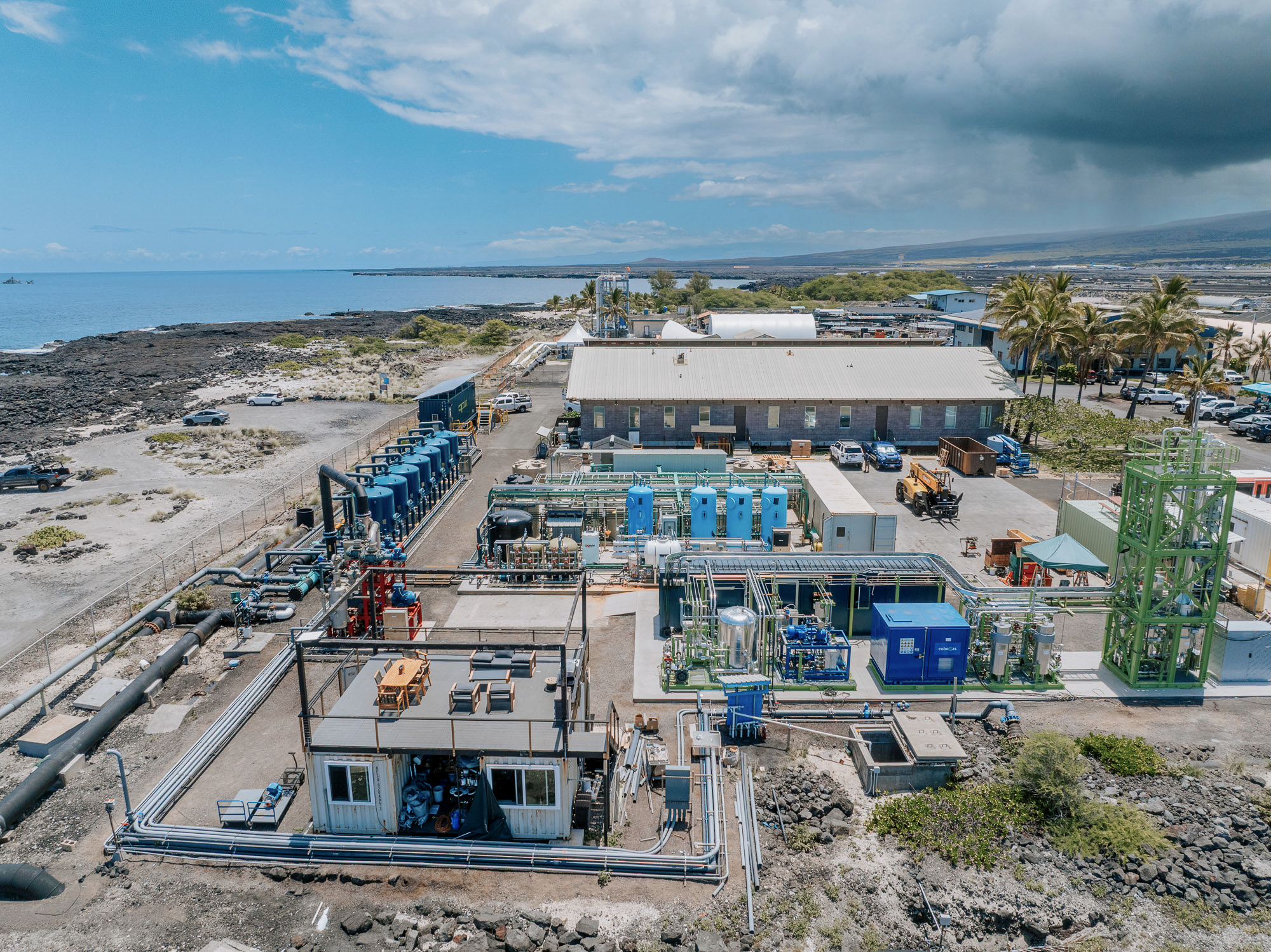
What excites Equinor most about the potential of DOC as a climate solution?
The potential for Captura’s DOC technology to achieve both large scale and low cost is exciting. It uniquely benefits from the vast, natural scalability of the ocean, and the industrial integration advantages of engineered systems. This dual benefit positions DOC as a compelling solution from both a cost-efficiency and deployment perspective.
We’re excited by the potential of DOC to deliver durable, measurable carbon removal at scale and by the opportunity to partner with Captura to help accelerate its path to deployment.
Simply put, Captura’s technology requires access to water processing, low-carbon power, and CO₂ value chains – requirements that align perfectly with Equinor’s strengths as a pioneer in offshore CCS technology, which dates back nearly 30 years!
